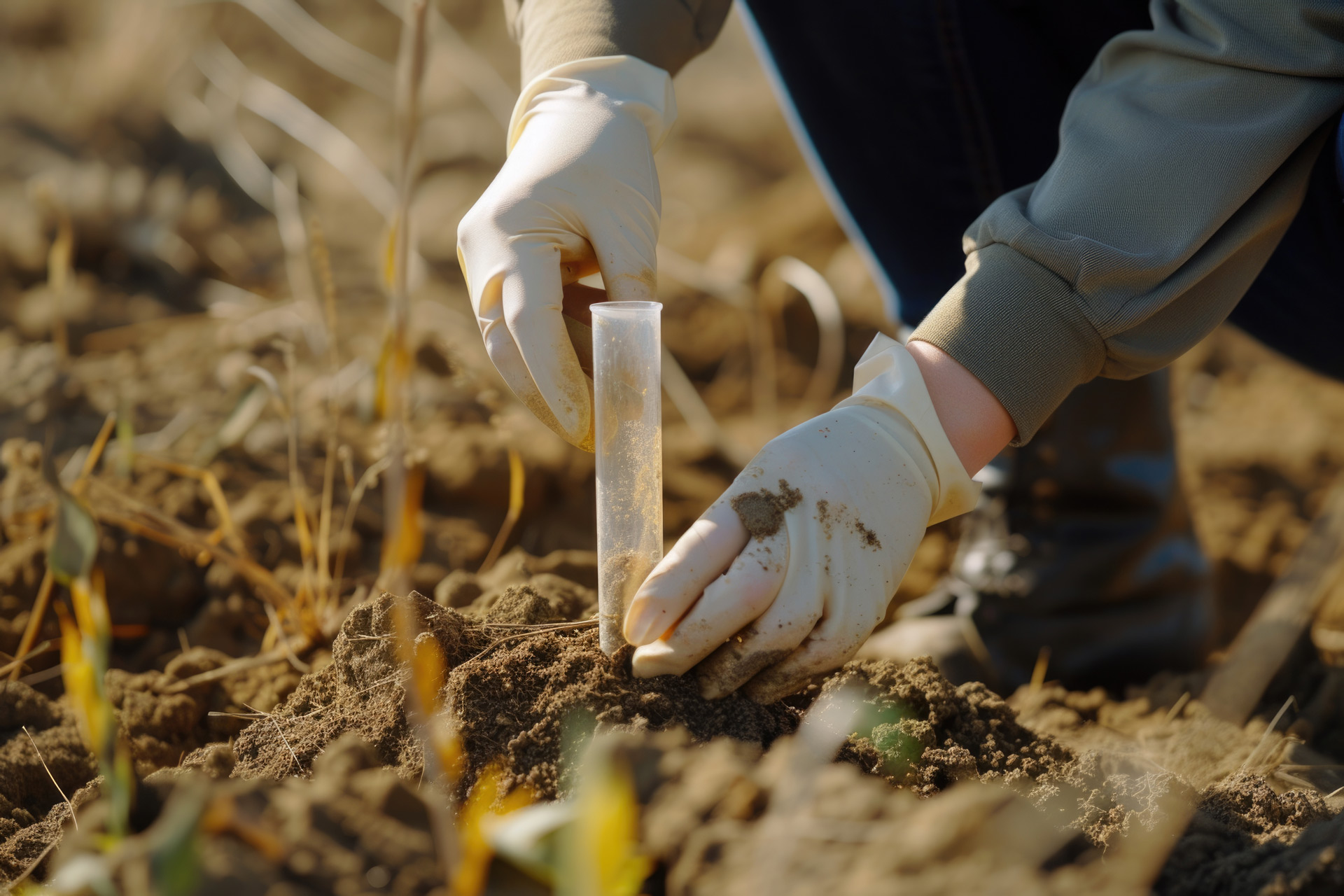

Sustainable Farming Incentive
We're proud to participate in trialling the new standards aimed at improving soil health.
Soil conservation is core to Waldersey on the unique Fenland soils and is a main focus of Waldersey’s Soil, Infrastructure & Sustainability Group.
This group continually reviews the range of cropping, maintaining and improving fertility, and employing advanced technology and data to ensure sustainable farming practices. We test our soil once every five years around crop rotation, examining organic matter to determine our fertiliser needs. This soil testing is not just for the Sustainable Farming Incentive (SFI), DEFRA’s support scheme to enhance environmental management techniques on farm, but is a fundamental part of our commitment to soil health.
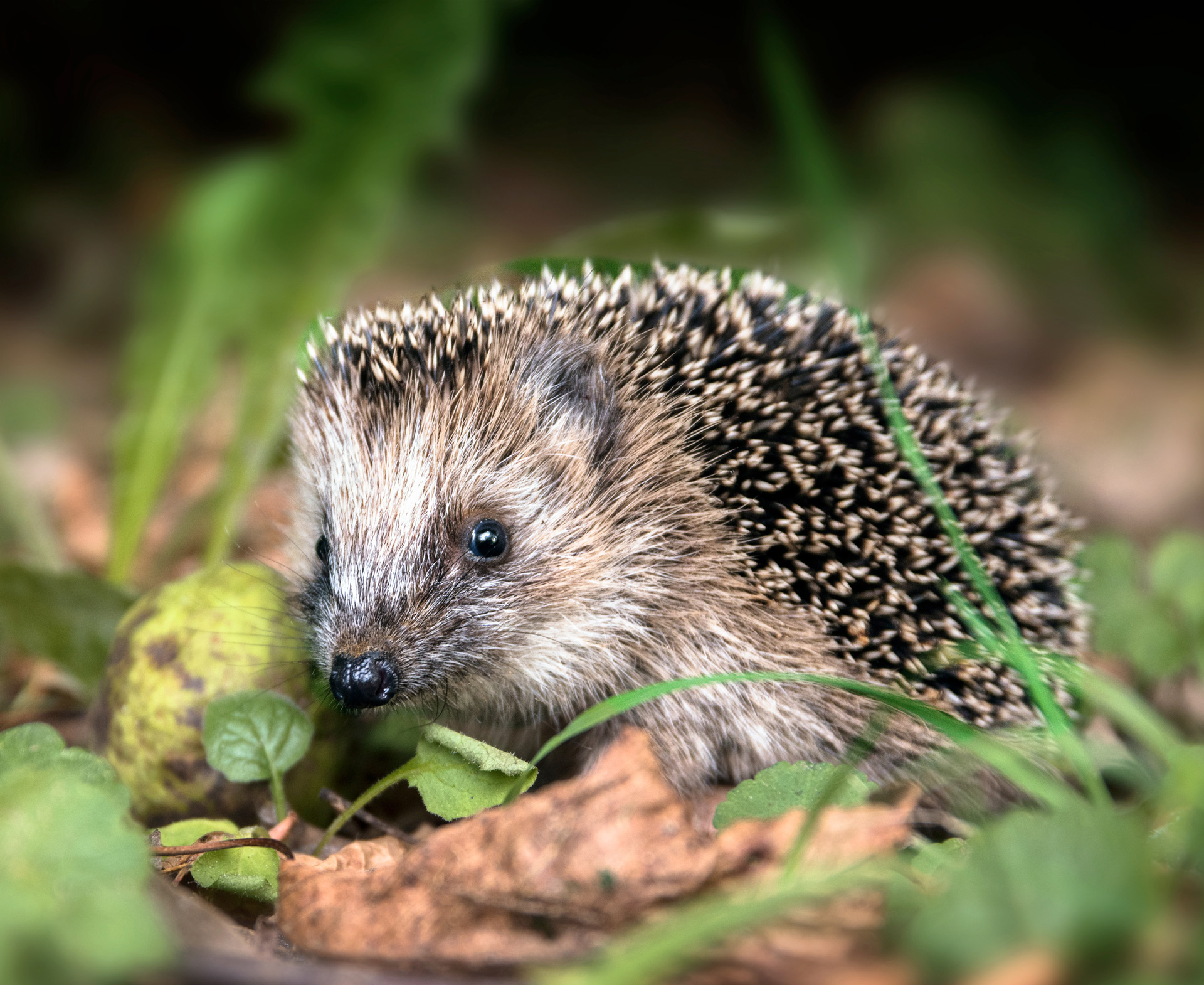

Our Wildlife & Environment
Initiatives designed with a deep understanding of our role as custodians of the land, ensuring sustainability for generations to come
Beyond adapting our farming practices we work closely with Fenland Soil, local councils, Natural England and other stakeholders to determine the ways we can successfully encourage wildlife and enhance our natural capital. We have started a full ecosystem and carbon baseline assessment, project managed by the UK Centre for Ecology and Hydrology, to establish as complete a picture of our natural environment, its biodiversity and landscape quality and soil health as possible, to enable us to regularly measure and assess whether we are delivering the gains we wish through our environmental management.
By integrating these measures and practices, we not only enhance the immediate environment but also secure a legacy of ecological stewardship for future generations.


Our 7,000 hectares of farmland include:
- 300 kilometres of rivers and ditches that are important habitats for birds, insects and bats.
- Uncultivated field margins that provide habitat for bumble-bee plots and seed for wild birds, as well as protecting watercourses and cultivated land.
- Environmental Stewardship schemes that include fallow land to provide habitats for hares, and for lapwings and other ground-nesting birds.
- Overwinter stubbles left undisturbed so that visiting migrational birds and breeding brown hares can make the most of them.
- Old buildings and structures suitable for barn owls – numerous breeding pairs have been spotted on Waldersey Farms. Our land’s ditches and riverbanks provide rich hunting grounds for these birds.
- Across our environmental schemes we actively manage 22 hectares of bumblebee plots, 5 hectares cultivated for nesting lapwings and brown hares, and 40 hectares of winter bird food plots.
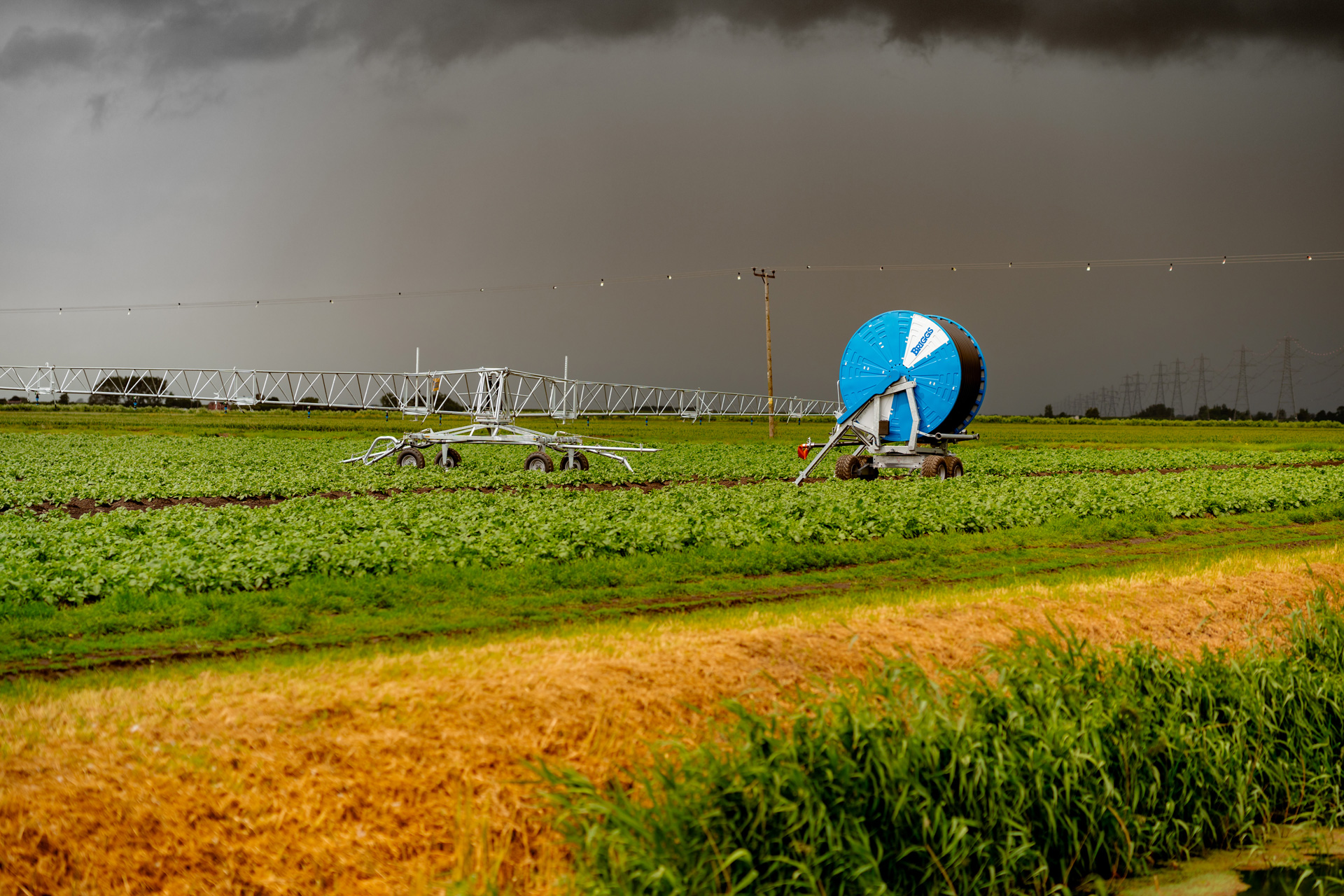

The importance of water
Across England and Wales, an average of 35% of public water supply is provided from groundwater. However, in the South and East this figure exceeds 70%.
Norfolk and Suffolk lie in the driest region of the UK and have the highest demand growth forecast outside London. High levels of agricultural land use are coupled with internationally important natural habitats.
Little surplus water is currently available, leading to a delicate balancing act to satisfy public supply, the environment and irrigation.
To build water resilience across our farms we have 200 million gallons of water storage capacity in our reservoirs, that are important farming and environmental resources.
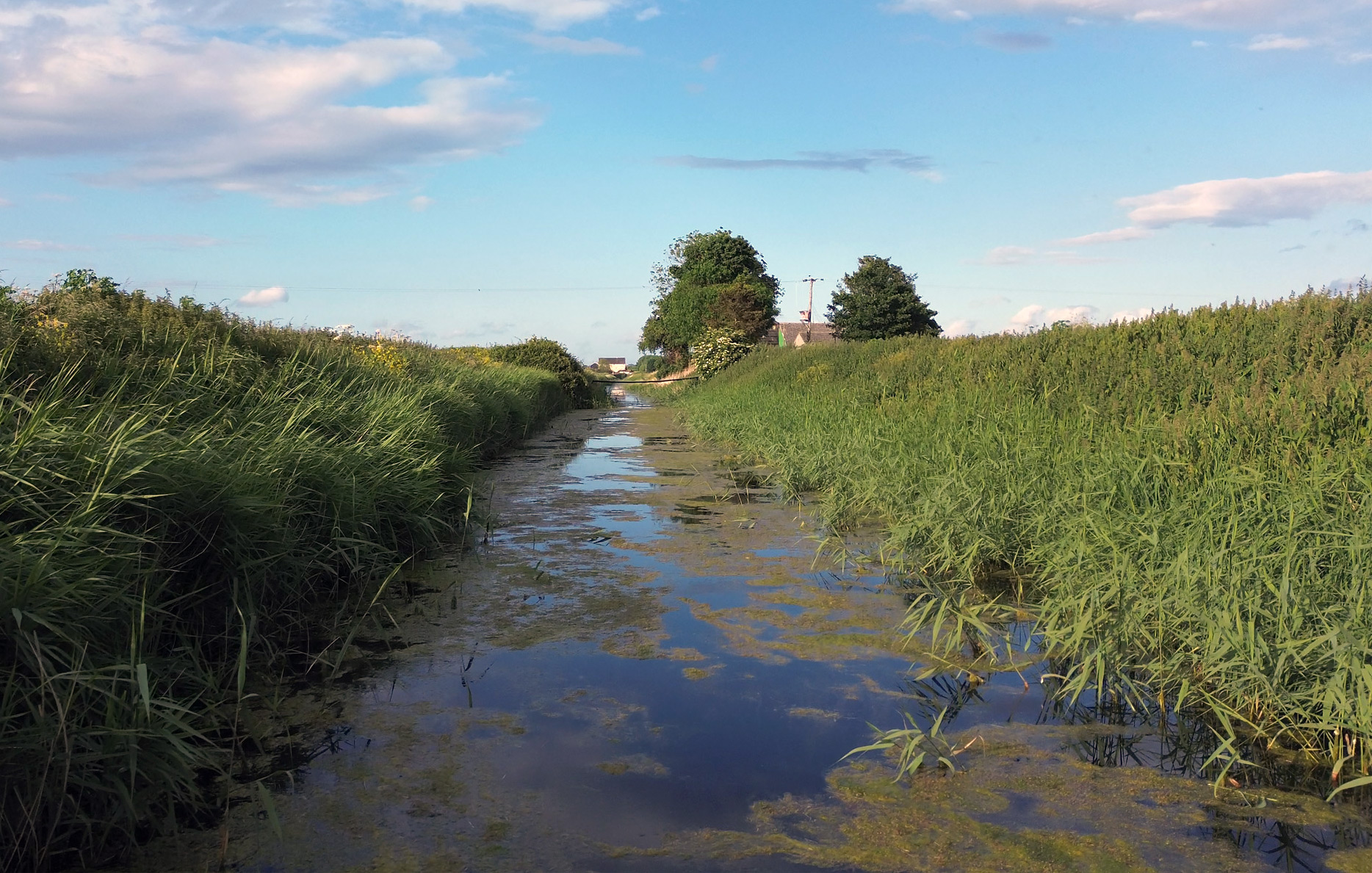
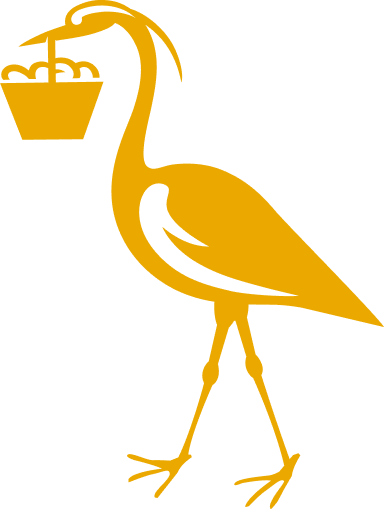
Wet Ditch Network
The wet ditch network across Waldersey Farms' land constitutes an irreplaceable Natural Capital resource.
It is truly multi-functional, providing a navigational link between fields while also serving as a biodiversity-rich habitat. Many of the farmland birds present can be seen using the network for nesting and foraging. We ensure any wet ditches receive buffering from farm operations, as ditches need a combination of open water and emergent vegetation to deliver maximum benefit. Misplaced inputs can compromise this balance, so we take extra care in maintaining it.
We also protect ponds with effective uncropped buffers and, where practicable, ensure these buffers connect to field edges. To protect the quality of water leaving the farm, we use leaky dams to reduce downstream flooding risk. Our ‘no bare land’ regime over winter months contributes to soil organic matter levels, significantly increasing the soil’s water-holding capacity. Regularly testing the water quality also helps us safeguard our crops, ensuring better yield and a continually high-quality product.
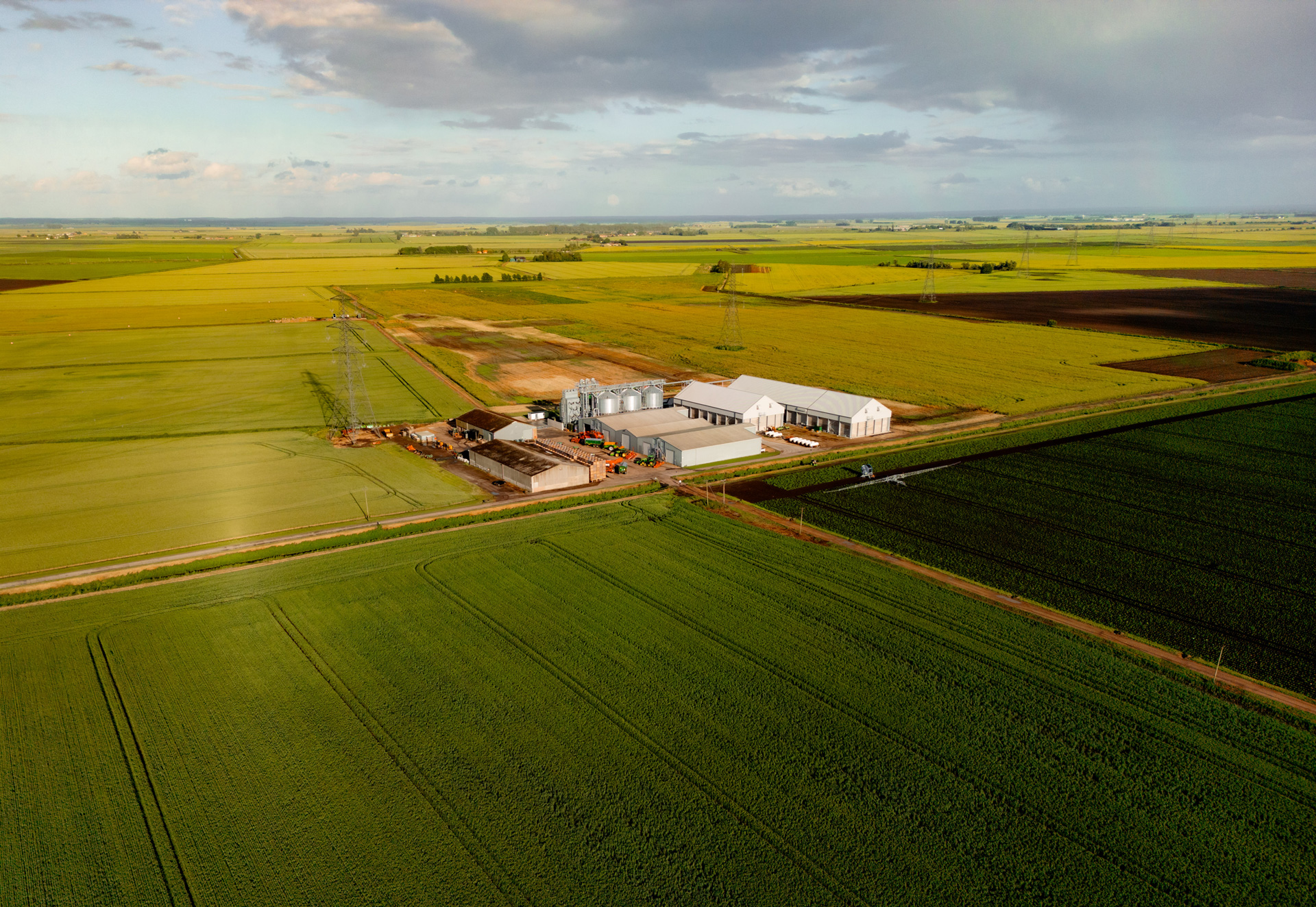

Natural Capital Management
Recognising and valuing the ecosystems, biodiversity and natural resources on which human life and economies depend
Natural capital management involves the careful stewardship of our natural assets to ensure they continue to provide the essential services — such as clean water, fertile soil, pollination, and climate regulation — that support life and sustain industries.
At its core, natural capital management seeks to balance economic development with environmental sustainability. By integrating the value of nature into decision-making processes, businesses, governments and communities can make more informed choices that lead to long-term prosperity and ecological health. This approach not only helps to safeguard the environment but also enhances resilience against risks associated with resource depletion, climate change, and biodiversity loss.
Incorporating natural capital into planning and operations encourages the sustainable use of resources, promotes investment in conservation, and drives innovation towards greener practices. Whether it’s through preserving forests, protecting wetlands or rehabilitating degraded landscapes, natural capital management is about ensuring our natural world continues to thrive, so future generations can enjoy its benefits.

